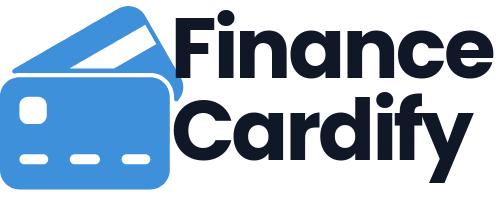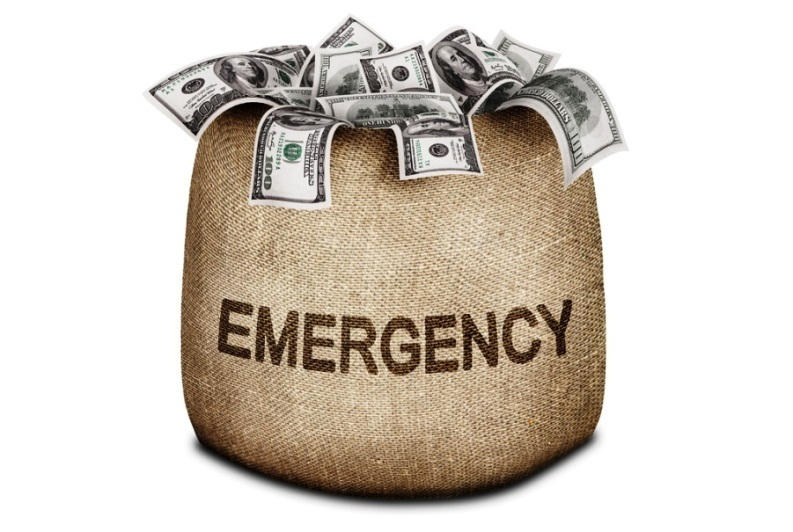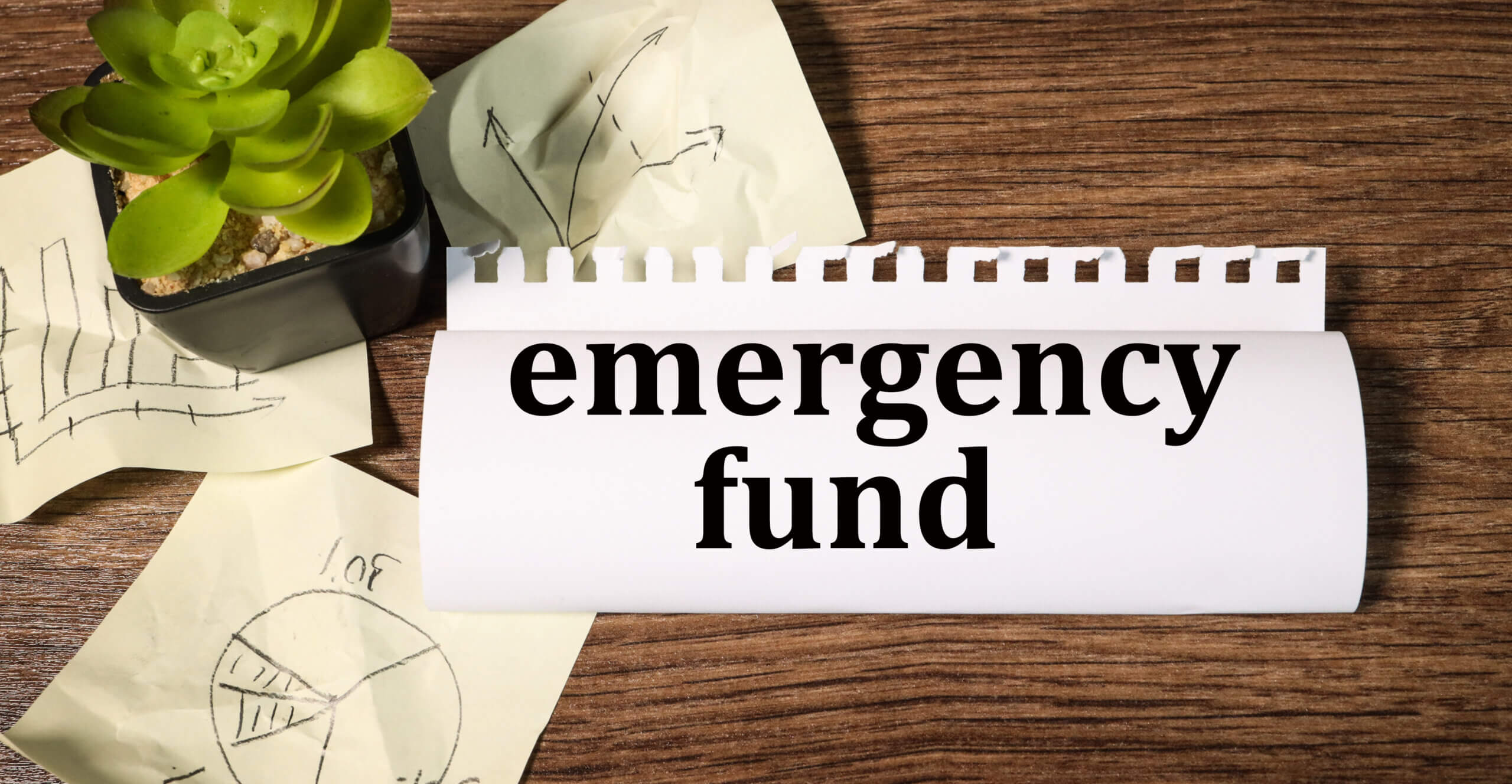Life has a way of throwing curveballs when you least expect them. A sudden car repair, an unexpected trip to the emergency room, or even the devastating loss of a job can turn your financial world upside down in an instant. For millions, these unforeseen events don’t just cause stress; they trigger a devastating chain reaction that leads to high-interest debt, depletion of retirement funds, and long-term financial instability.
In the complex and often turbulent landscape of personal finance, one concept stands out as the ultimate shield against catastrophe: the emergency fund. It is the non-negotiable foundation of any robust financial plan, your personal financial fire extinguisher, and the key to sleeping soundly, even when the world around you seems shaky.
🛡️ What Exactly Is an Emergency Fund?
An emergency fund is a dedicated pool of cash reserves explicitly set aside to cover unexpected life events or emergencies. It is not for impulse shopping, a down payment on a new car, or a summer vacation. It is strictly for emergencies—events that are large, unexpected, and necessary to resolve.
The Golden Rule: The money in this fund must be liquid (easily accessible) and safe. This means it should be kept in a high-yield savings account (HYSA) separate from your checking account. It should not be invested in the stock market or other volatile assets where it could lose value right when you need it most.
📉 The High Cost of Being Unprepared
The absence of an emergency fund doesn’t just mean you have to worry more; it carries a massive financial price tag. When an emergency strikes, and you don’t have cash, you are forced into costly alternatives:
- High-Interest Credit Card Debt: Paying for a $3,000 car repair on a credit card with a 25% APR can cost you hundreds, even thousands, in interest over the life of the repayment. Your emergency turns into a long-term debt burden.
- Raiding Retirement Accounts: Taking an early withdrawal from a 401(k) or IRA comes with two harsh penalties: an immediate tax bill and a stiff 10% early withdrawal penalty (if you are under 59.5). Worse, you lose the power of compound growth on that money forever.
- Payday Loans and Title Loans: These are predatory financial products with astronomical interest rates (often 300%+ APR) that can trap you in a vicious cycle of debt.
The take-away is clear: Every dollar you fail to save in your emergency fund today could cost you three or more dollars in interest, taxes, and lost growth tomorrow.
🎯 How Much is Enough? The Three Phases of Savings
The standard advice for an emergency fund is to save three to six months’ worth of living expenses. However, the right number for you depends heavily on your stability, household structure, and risk tolerance. We can break the goal down into three attainable phases:
Phase 1: The Starter Fund (The $1,000/€1,000 Firewall)
Before you tackle any other financial goal (like paying off non-credit card debt or investing), aim for a $1,000 (or local equivalent) starter fund. This amount is designed to handle the most common minor emergencies: a new tire, a sudden medical co-pay, or a broken appliance. This initial buffer prevents the small problems from becoming credit card debt crises.
Phase 2: The Core Fund (3 Months’ Expenses)
Once Phase 1 is complete, aggressively save to cover three months of essential living expenses.
How to calculate “Essential Living Expenses”:
- Rent/Mortgage
- Utilities (Electricity, Water, Gas, Internet)
- Food (Groceries)
- Transportation (Gas, Public Transit, Car Payment)
- Minimum Debt Payments (Credit Card minimums, Student Loan minimums)
- Insurance (Health, Car, Home)
Exclude non-essential items like dining out, entertainment subscriptions, and luxury purchases. Your three-month total should reflect the bare minimum you need to survive.
Phase 3: The Full Fortress (6+ Months’ Expenses)
This is the ultimate goal. Saving six months or more of expenses is crucial for individuals who face higher financial risk:
- Single-Income Households: If one person loses a job, the entire household income vanishes.
- Self-Employed/Gig Workers: Income can fluctuate wildly and is often tied to market conditions.
- Industry Volatility: If you work in an industry prone to layoffs or seasonal downturns.
- High Healthcare Needs: If you or a family member has a chronic health condition.
For maximum security, some experts recommend nine to twelve months, particularly for those with very high fixed costs or who are close to retirement.
🛠️ Step-by-Step Guide: Building Your Fund
Building a massive cash buffer can seem daunting, but by treating it like a mandatory bill, you can hit your goal faster than you think.
1. Open a Dedicated High-Yield Savings Account (HYSA)
This is paramount. Your money should be earning as much interest as possible while remaining liquid. Look for online banks that offer rates significantly higher than traditional brick-and-mortar banks. Crucially, name the account “Emergency Fund” and keep it out of sight and out of mind.
2. Automate Your Contributions
Set up an automatic transfer from your checking account to your HYSA on the day you get paid. Start small if you must ($50 or $100), but treat this contribution as the most important bill you have to pay. If you don’t see the money, you won’t miss it.
3. Find “Found Money” and Give It a Job
Accelerate your savings by redirecting unexpected income straight to the fund:
- Tax Refunds: Don’t spend it—save it.
- Work Bonuses: Immediately transfer 100% (or at least 50%) to your fund.
- Windfalls: Gifts, small inheritances, or money from selling unused items.
4. Cut the Fat to Feed the Fund
Perform a zero-tolerance budget audit for 30 days. Temporarily slash non-essential spending and redirect that money. Can you cancel two streaming services, switch to a cheaper phone plan, or pause dining out for one month? The money saved goes straight to the emergency fund. This isn’t permanent, just a temporary burst to reach your goal faster.
✅ When is it Okay to Use the Fund?
The rule is simple: The use of the fund must prevent you from going into debt or facing a catastrophic loss.
S.T.O.P. Criteria for Fund Use:
| S | Sudden | Was the event unexpected and could not have been planned for? |
| T | Temporary | Is the problem a temporary issue (like a job loss) and not a permanent lifestyle change? |
| O | Obligatory | Is it a non-negotiable expense (e.g., housing, medical, or life-sustaining)? |
| P | Personal | Is the expense related to a necessity for you or your immediate family? |
Acceptable Uses:
- Job loss/income reduction
- Major medical emergency/unforeseen surgery
- Crucial home repairs (e.g., burst pipe, furnace replacement)
- Mandatory vehicle repairs to maintain employment
Unacceptable Uses:
- Vacation or non-essential travel
- Holiday shopping
- Paying off old, existing debt (this should be handled with a separate debt-payoff plan)
- A “great deal” on a new TV
🌟 The Long-Term Benefit: Financial Freedom
Your emergency fund is more than just a savings account; it’s a powerful tool for mental health and future wealth building.
Once you have your three-to-six month fortress built, you gain Financial Flexibility. You can confidently pursue aggressive financial goals like maximizing retirement contributions, investing in the stock market, starting a business, or switching careers.
The next time life throws a financial emergency your way, you won’t panic. You’ll simply transfer the required amount from your dedicated account, address the issue, and then immediately focus on the only remaining task: refilling the fund.
Don’t wait for the storm to start building your ark. Start your emergency savings today and protect your financial future.





